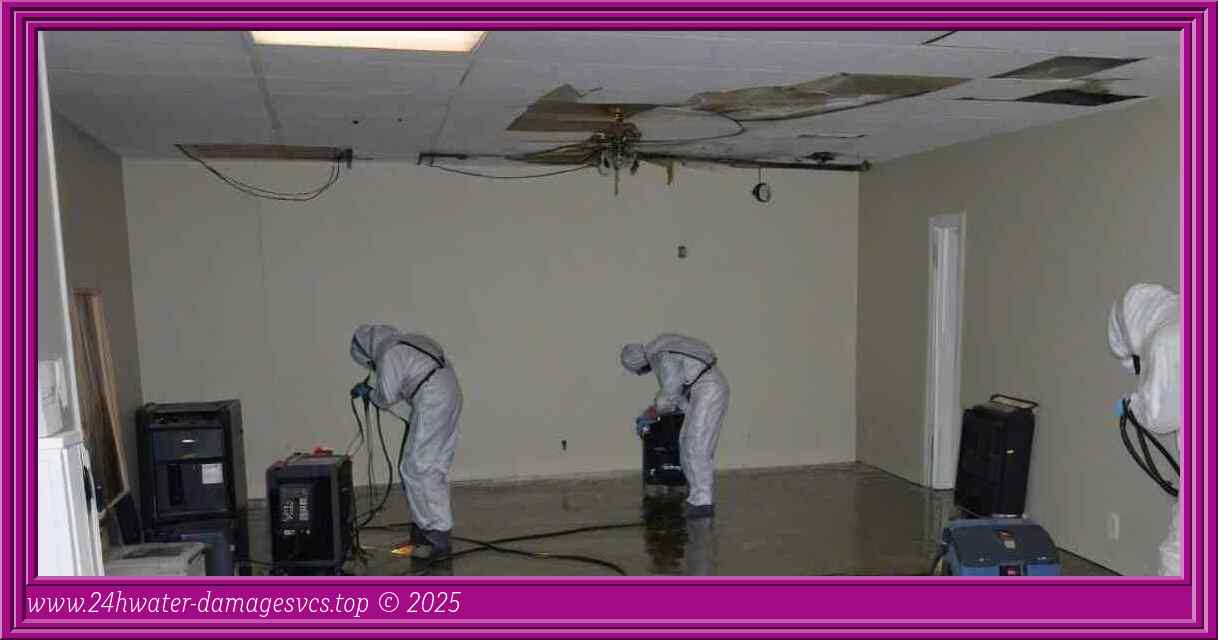
1. Initial Assessment:
Following a flood, it is vital to conduct a visual assessment to identify areas susceptible to mold growth.
- Start by inspecting damp or water-damaged materials such as walls, ceilings, carpets, fabrics, furniture, insulation, etc.
- Pay close attention to hidden spaces like attics or crawlspaces where stagnant moisture may encourage mold development.
2. Mold Identification:
Not all molds are visible; some grow discreetly within wall cavities or under flooring surfaces. Therefore, it's important to watch out for telltale signs indicating their presence.
- Musty odors often signify active mold growth nearby.
- Discoloration on surfaces-such as black spots on walls-or peeling paint might indicate underlying mold problems.
3. Moisture Detection:
Mold requires moisture for survival; thus effectively managing dampness is key in treating affected areas during flood damage repairs.
- Utilize moisture meters or infrared cameras to detect hidden pockets of excess humidity that could foster mold growth.
- Address any ongoing leaks or sources of water intrusion promptly before proceeding with remediation efforts.
4. Professional Consultation:
When faced with extensive damages from flooding and suspected widespread mold issues,
contacting experienced professionals specializing in flood damage repair becomes essential.
- Professionals possess the necessary expertise and equipment required for comprehensive inspections,
as well as effective treatments tailored towards your specific situation.
5. Interim Remediation Measures:
While waiting for professional assistance in severe cases involving significant amounts of visible
mold contamination (exceeding 10 square feet), it is vital to take certain precautionary actions:
- Isolate the contaminated area by closing doors and windows, restricting airflow between moldy
rooms and unaffected areas.
- Wear appropriate personal protective equipment (PPE) such as gloves, goggles, masks,
and coveralls to minimize exposure while cleaning visible molds.
6. Mold Treatment and Removal:
Professionally trained experts in flood damage repair will undertake several crucial steps during mold remediation:
- Remove affected materials that cannot be salvaged or thoroughly cleaned, such as saturated drywall.
- Implement a meticulous process of removing visible mold growth using recognized industry techniques like HEPA vacuuming or damp wiping.
- Utilize fungicides and biocides approved for mold treatment where necessary
Inspecting for mold following a flood event is critical to ensure effective flood damage repairs. By identifying potential mold areas through visual assessments, proper moisture detection methods, and seeking professional assistance when needed, home or business owners can address mold-related issues promptly. Employing verified treatments conducted by professionals provides peace of mind knowing that thorough remedies have been implemented towards restoring the property's safety.